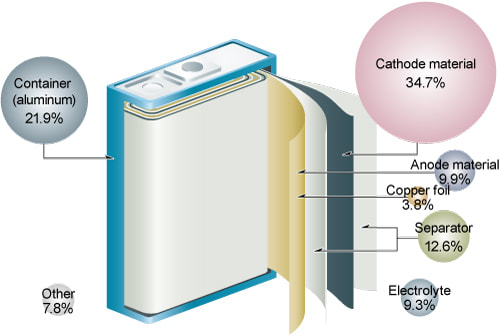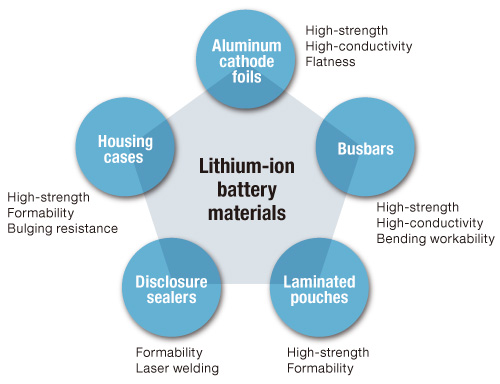What Experiments Can Be Performed Using Li Ion Battery Materials?

Lithium ion batteries (LIB) are rechargeable batteries composed of lithium ions as the electrode material. These ions move from the cathode to the anode while recharging and the reverse during discharge. Scientists from different parts of the world have conducted various experiments for improving charge time, safety, flexibility, cost, energy density and cycle durability of the batteries. Till now, most of the innovations have made their way to the commercial market too.
To help you know more about the fascinating developments that have been carried out and the scope of research using li ion battery materials, this article highlights the key experiments and their impact on the batteries.
Know More About Lithium Ion Battery Materials For Research

There are several researches focused on the design, management and other basic properties of the batteries and these include:
Carbon Cage: During 2016, scientists were able to develop a method for caging graphene, and nickel was applied onto these particles, after which the graphene layer had a coating of metal. The acids tend to dissolve nickel and this left enough space for the silicon particles to expand within the cage. Then, these particles broke into finer pieces, but stayed functional in the cage, as a result of which silicon could not react with electrolyte, thus promoting durability.
Nanofiber: In 2015, silicon nanofibers were used for creating a prototype that had improved Coulomb's efficiency and was able to avoid damaged caused due to the expansion and contraction of silicon. These nanofibers had about 10nm nanopores that ensured the silicon would expand without any physical damage. There were three more elements that protected the shell: carbon coating, silicon dioxide shell of 1nm and a 10-20nm size of fiber.
Iron Fluoride: While buying lithium ion battery materials for research you can focus on using iron fluoride as the cathode of the battery. This material features impressive energy density and the reversibility cycle increases to over 1000, while the capacity goes to 420mAhg-1. A method called doping transforms the less reversible elements of the battery into highly reversible ones.
Solid-State: Though there is no form of solid-state batteries that have been manufactured yet, but many communities are researching about this concept using lithium ion battery materials. The idea here is: solid-state designs are much safer, as they prevent short-circuits due to dendrites. Plus, these batteries have the potential of enhancing energy density and allow you to use the purest form of lithium metal at the anode. Operating even in lower temperature is another benefit of this model.
Super Halogen: The traditional electrolytes found in batteries have halogen that can be toxic. However, in 2015 researchers were able to invent non-toxic halogen that does not compromise with the performance of lithium batteries.
Discover Lithium Ion Battery Materials For Research
Want to know more about the remarkable properties of lithium ion batteries and how these can be revamped using advance technology and innovative designs? Then, buy lithium ion battery materials for research from a reputable store and explore the endless world of possibilities.